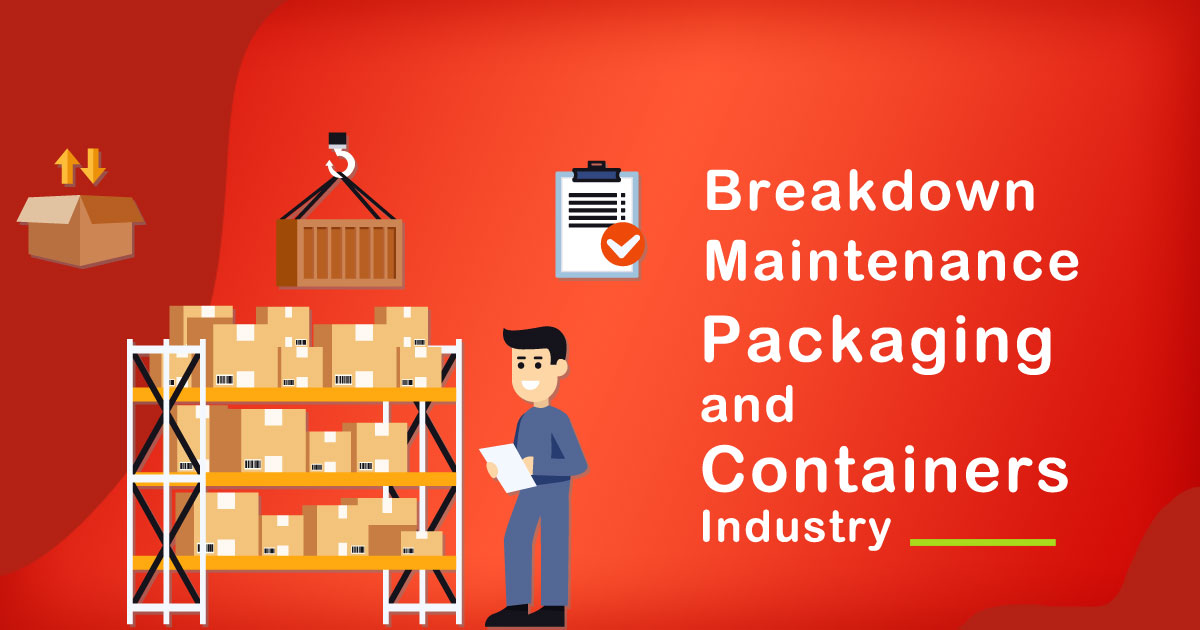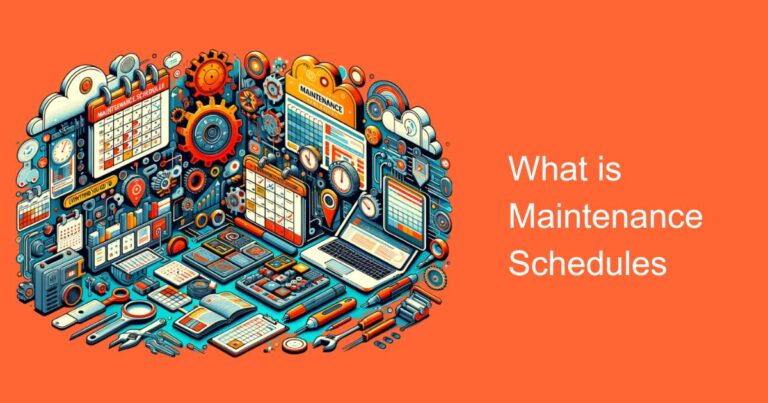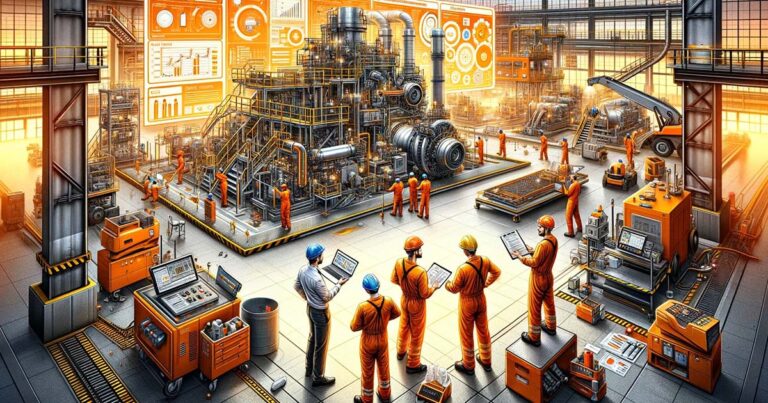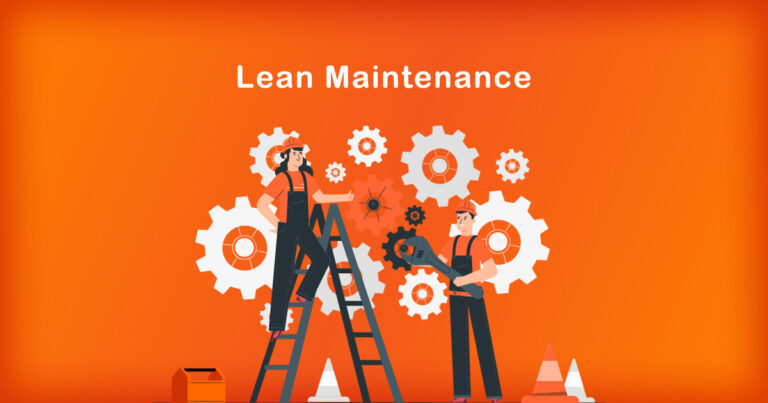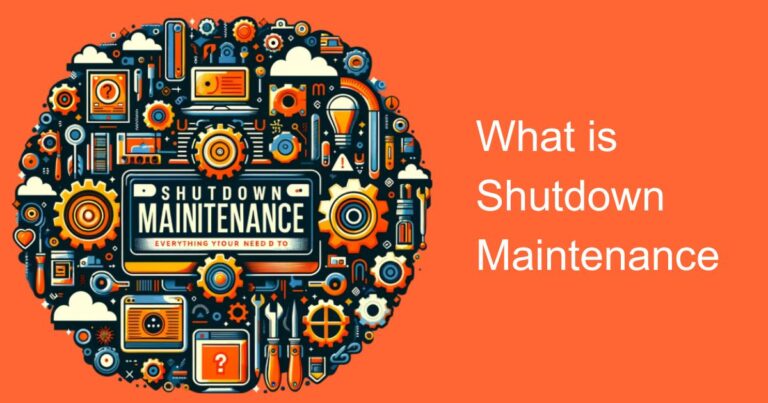Introduction
In the fast-paced world of the Indian packaging and containers industry, efficient maintenance practices play a pivotal role in ensuring uninterrupted production, minimizing downtime, and maximizing overall productivity. Among various maintenance strategies, breakdown maintenance stands out as a critical approach to tackle sudden equipment failures. In this blog, we will delve into the significance of breakdown maintenance, its impact on the industry, and the importance of adopting a proactive approach to maintenance.
1) Understanding Breakdown Maintenance
Breakdown maintenance, also known as reactive maintenance, refers to the practice of addressing equipment failures only when they occur. It involves repairing or replacing faulty components after a breakdown has already impacted production. While this strategy may seem cost-effective in the short term, it can lead to increased downtime, production losses, and heightened safety risks.
2) The Prevalence of Breakdown Maintenance in the Indian Context
In the Indian packaging and containers industry, breakdown maintenance has been a traditionally adopted approach due to factors such as cost constraints, inadequate awareness about the benefits of proactive maintenance, and the belief that repair costs can be minimized by delaying maintenance until failure occurs.
However, research reveals that the cost incurred due to unexpected downtime, emergency repairs, and delays in production can significantly outweigh the initial savings. A study by the Federation of Indian Chambers of Commerce and Industry (FICCI) estimated that Indian industries, including packaging and containers, suffer a loss of up to 20% of annual production due to unplanned equipment failures.
3) The Impact of Breakdown Maintenance on the Industry
Increased Downtime:
One of the primary consequences of relying on breakdown maintenance is the increased downtime experienced by packaging and containers manufacturers. Unplanned equipment failures can lead to prolonged production stoppages, resulting in delayed deliveries and dissatisfied customers.
Reduced Productivity:
Frequent breakdowns disrupt production flow, leading to a reduction in overall productivity. As a result, manufacturers may struggle to meet market demands and risk losing their competitive edge.
Higher Maintenance Costs:
Contrary to popular belief, breakdown maintenance can lead to higher maintenance costs in the long run. Emergency repairs, expedited shipping of replacement parts, and overtime wages for maintenance personnel all contribute to increased expenditures.
Safety Concerns:
Unforeseen equipment failures pose potential safety hazards for the workforce. Safety risks can result in accidents, injuries, and costly legal issues for the company.
4) Embracing a Proactive Maintenance Approach
Given the drawbacks of breakdown maintenance, packaging and containers industries in India are gradually recognizing the advantages of proactive maintenance strategies. Proactive maintenance focuses on preventing failures before they occur, rather than reacting to them after they happen. Two key methodologies under proactive maintenance are:
Preventive Maintenance:
Scheduled inspections, routine servicing, and timely replacement of worn-out parts can significantly extend the lifespan of machinery and equipment. Implementing a preventive maintenance program can help packaging and containers companies avoid unexpected breakdowns.
Predictive Maintenance:
Leveraging data-driven technologies such as sensors, Internet of Things (IoT), and machine learning algorithms, predictive maintenance anticipates equipment failures by monitoring performance and identifying early warning signs. This allows manufacturers to address issues before they lead to critical breakdowns.
5) Benefits of Proactive Maintenance
Increased Equipment Reliability:
By adopting proactive maintenance, packaging and containers industries can ensure that their machinery operates at optimal levels, reducing the likelihood of sudden breakdowns and costly downtime.
Enhanced Productivity:
Proactive maintenance minimizes unplanned interruptions, enabling manufacturers to maintain consistent production levels and meet customer demands efficiently.
Cost Savings:
Though proactive maintenance requires an initial investment, the long-term cost savings from reduced downtime and emergency repairs far outweigh the expenses incurred.
Improved Safety:
A well-maintained facility with proactive safety measures reduces the risk of accidents, safeguarding the well-being of the workforce.
Conclusion
In conclusion, the Indian packaging and containers industry must recognize the critical role of breakdown maintenance in the overall productivity and profitability of their operations. While breakdown maintenance has been a conventional approach, its limitations and adverse effects on production and safety are evident.
By transitioning towards proactive maintenance strategies such as preventive and predictive maintenance, packaging and containers companies can mitigate the risks associated with sudden equipment failures. Investing in regular inspections, timely repairs, and predictive technologies can pave the way for a more sustainable and efficient future in the industry, bolstering India’s position in the global market.


